Tucked away in SoHo, New York, The Drawing Center is a small museum founded by Martha Beck in 1977, explicitly dedicated to the medium of drawing. For the last few years, the creative minds behind The Drawing Center’s events and exhibitions have been working towards pushing beyond the traditional understanding of the term drawing, and opening it up to various applications and interpretations. Cecily Brown: Rehearsal, organized by the chief curator of the museum, Claire Gilman, is one such exhibition. It calls the viewer to contemplate the medium of drawing; from its materiality to its role in the artistic process of an acclaimed artist, Cecily Brown, which as a result creates a sense of intimacy throughout.
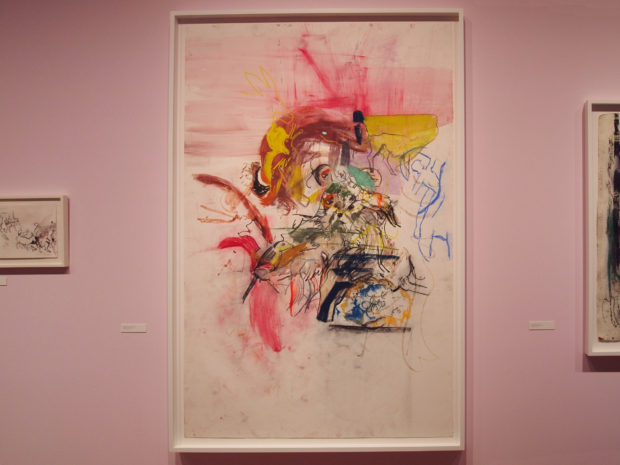
Brown is a British artist known for her tactual paintings, for which she draws influence ranging from old masters to the expressionism of the 50s. Drawing is a lesser known part of Brown’s practice and has not been seen before in the scale and context of a solo museum exhibition. The works on display inform on Brown’s practice by giving the viewer the opportunity to observe how the artist visits existing drawings again and again, each time unpacking something new until, as she notes, she understands it completely. In a talk that took place in the museum, Brown discussed how her drawings are fairly independent of her painting practice, serving a purpose of their own. The works in Cecily Brown: Rehearsal were selected, among other reasons, so as to accentuate this special role in her overall practice.
Drawings of various sizes and the two vitrines containing Brown’s personal notebooks combine nicely inside the exhibition space. In between clusters of smaller ink and pen works, which belong to the same series, are large-scale, more colorful ones. In some cases, such as in Drawings after Jimmy Hendrix’s ‘Electric Lady’ Album, only a small selection out of countless studies of the same theme is shown. Brown and Gilman worked together to choose the ones that are the most telling of Brown’s repetitiveness in her studies of various imagery. One can clearly see the exact areas that were revisited and how often, whilst mapping the gestural movements that interested her in the originals she was drawing from. The placement of these smaller drawings was also done so as to lead the viewer to understand this peculiar artistic process. Additionally, in the examples like the Drawings after Hieronymus Bosch, the viewer can trace how the smaller drawings are being repeated inside the larger ones, even when they are exhibited far apart, say, on the opposite walls of the room. For instance, Animal figures in the Drawings after Hieronymus Bosch can be spotted in larger drawings situated a few feet to its left, while similarly, female figures of Drawings after Jimmy Hendrix’s ‘Electric Lady’ Album across the room. The more time spent in front of the drawings, the more it becomes apparent that Brown’s revisits to a single image, as part of her process to understand it, is much like a rehearsal of a performance: each is an attempt to understand the whole through individual parts.
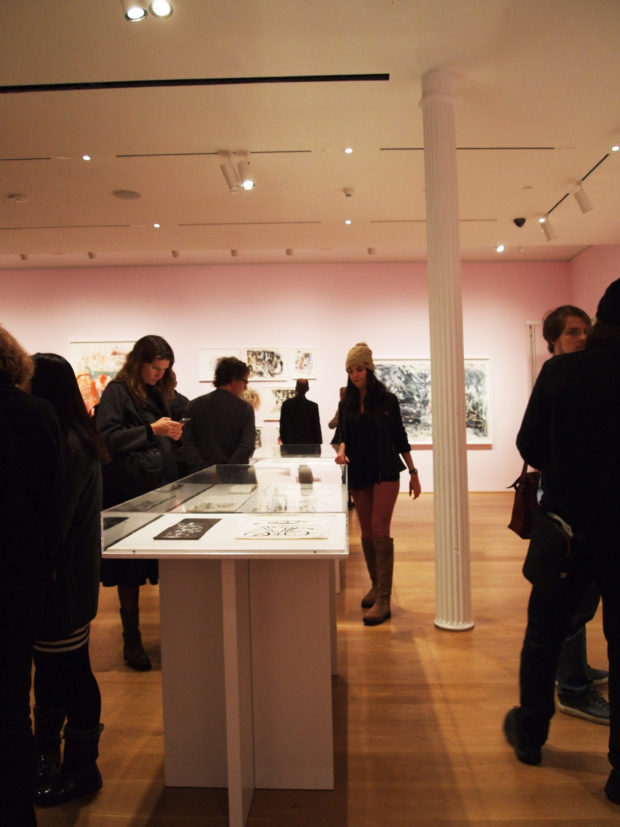
The decision of the word “rehearsal” was born out of a discussion between the curator and the artist, which is stated in the main wall text, and is further demonstrated with the practice of the works exhibited inside the space. The layout of the exhibition certainly assists in understanding Brown’s drawing process and revisitations. The larger drawings juxtaposed with the smaller ones reveal a distancing from a simple attempt to understand the work they were drawn from and moving closer towards a reconstruction of an entirely new image. Brown has revealed that her large-scale drawings were actually created after her first meeting with the curator of the show. She took to ink, pen, paper and pastel, and experimented with her drawings on large sheets of paper. In the end, she remarked, these drawings are different from the smaller ones in that they incorporate layering and re-formatting, bringing them closer to her painting practice than to that of drawing. Brown’s drawings reveal another interesting aspect, notably what Gilman refers to as “anti-finality.” A painting is often perceived as in a more finite state in comparison to a drawing; it ends with the form it takes when exhibited, or sold. Brown’s drawings on the other hand feel like repeated brief encounters with the same work, as though small moments of recognitions which perhaps need to be viewed in their thematic groups. Each smaller drawing in the exhibition communicates something about the image it refers to, and together they create a more general understanding of said image.

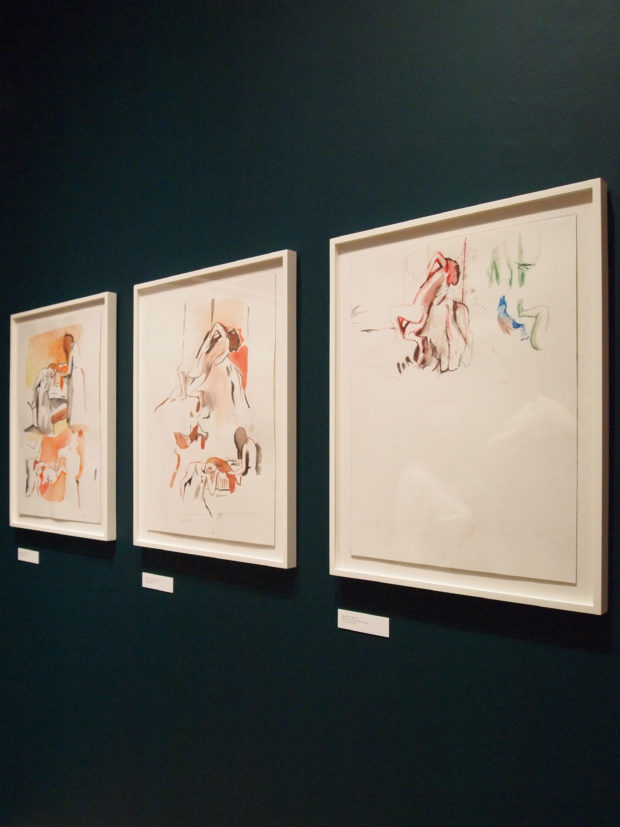
The curatorial approach emphasizes the sense of intimacy as I previously mentioned, which stems from all that is communicated through the artist’s drawings. The show compels the viewer to engage in close-looking, while simultaneously conveying the artist’s own close-looking, her studious and idiosyncratic process, and maps how the idea goes from Brown’s mind, to her hand, to her paper. Upon entering the exhibition space, the viewer is engulfed by the works that come to absorb the entire room. The visitor is immediately overcome by a sense of inwardness from being surrounded by these drawings and more so as he or she becomes further aware of being allowed a deeper and more private glance into the artist’s mind and practice. While talking with Claire about the show, she mentioned the importance this intimacy played in her curatorial process. In fact, this was emphasized by the colors used on the walls of the gallery space. The entrance walls are painted in a “Forest Green” where the boudoir scenes are hung, creating a sense of also entering one, or an equally private space. The rest of the drawings are hung against a light pink shade that, as Claire notes, is more artificial, thus promoting the idea of having fully accessed into the realm of Cecily’s drawings. Deep in the middle of the room are vitrines placed in such a way as to allow one to freely move around them while communicating with the drawing pads inside that further emphasizes a feeling of intimacy with the artist’s works.

Overall, Cecily Brown: Rehearsal is a wonderful exhibition that walks the viewer through the mind and works of a renowned female contemporary artist. Brown’s paintings have been admired, collected and studied for years, and yet, with this show, Claire Gilman has revealed even more about her practice and process, which leads me to wonder how much more there still is for us to discover about Brown.
Editor’s note: Cecily Brown: Rehearsal at The Drawing Center closed on December 18, 2016. However, those who are interested can access and purchase an online catalogue from this link: https://issuu.com/drawingcenter/docs/drawingpapers128_brown.

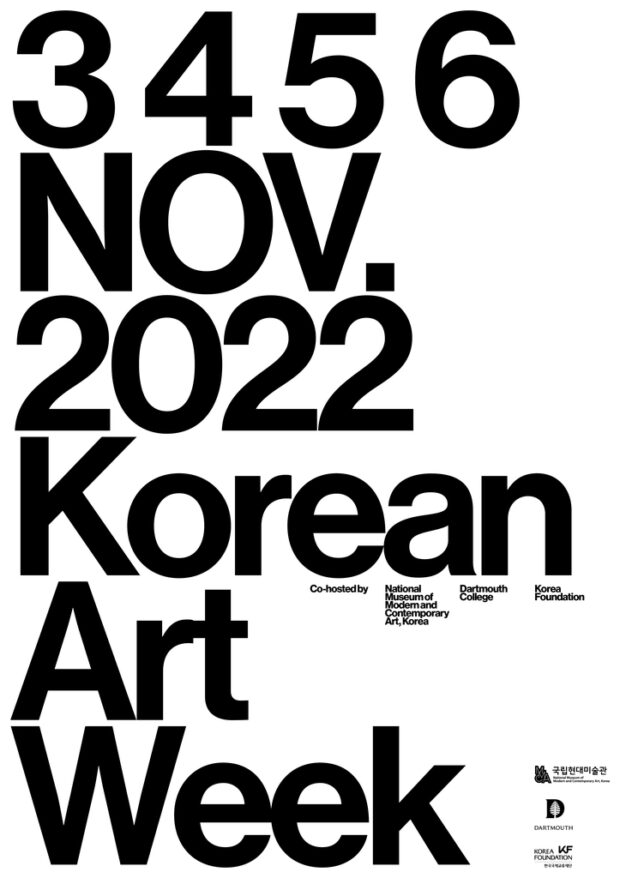


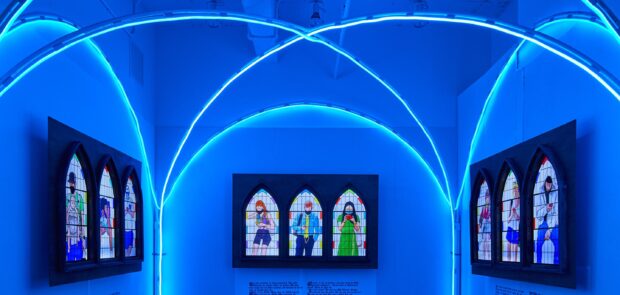

[…] Last summer, I had the pleasure of working at The Drawing Center under Chief Curator, Claire Gilman for curatorial work, and Molly Gross for museum communications. While there, I was lucky enough to get glimpses of the plans for the, then, upcoming exhibition Cecily Brown: Rehearsal. Fast forward months later, IFA Contemporary accepted my article reviewing this remarkable exhibition. This was a particularly exciting opportunity not simply because I worked for Claire from whom I learned so much, and that I absolutely adore Cecily’s practice, but also because this was a show on a woman artist, curated by a woman. In addition to it all, Claire kindly accepted to speak with me on the phone and answer the numerous questions I showered her with. Here is the link to the original article. […]